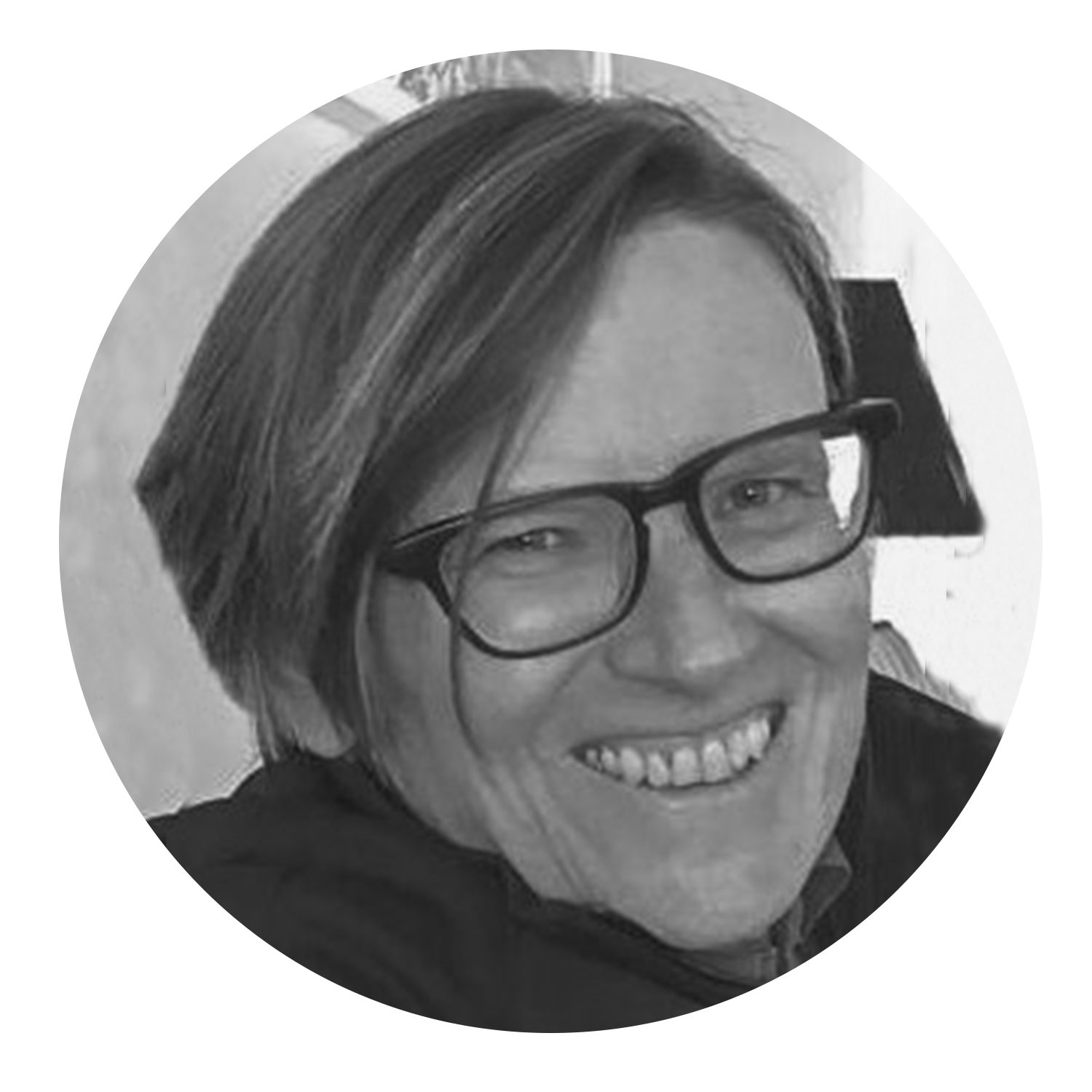
Prof. Jan Burns
Emeritus Professor of Clinical Psychology, Canterbury Christ Church University. Jan’s research interests are in the area of athletes with Intellectual Impairments. She is Head of Eligibility, Classification and Research for Virtus, the International Federation for athletes with Intellectual Impairments, and currently Chair of the IPC Classification Compliance and Oversight Committee.
Email: Jan.burns@canterbury.ac.uk
Since the re-introduction of athletes with Intellectual Impairments (II) into the London 2012 Paralympics, acceptance has grown and the focus has shifted to their achievements and away from past controversies. To most eyes watching the Paralympics now they are elite athletes in the categories S/SB14 in swimming, T/F20 and TT11 for Table Tennis just like any other athletes competing for medals and representing their countries. Across the four Games since 2012, the number of II athletes has remained fairly similar, with 151 athletes, unusually more females (82) than males (69), representing 42 nations, about a quarter of the nations competing in the Paris Games. However, the number of sports which include these athletes has not grown from the three re-introduced in London, the events have increased slightly for example with the addition of swimming medleys, but of the 549 medal events across the 22 sports in Paris this still represents a very small proportion for what is one of the largest disability sports in the world, and questions should be asked why this is.
There were some definite wins in Paris with many World records broken, new stars born such as Poppy Maskill in swimming who brought home not only the first medal for GB, but also topped the table as winning the most medals in the Games. In terms of inclusive representation outside of the field of play, one French athlete with II was included in the flame ceremony at both the opening and closing ceremonies, but this was not visible if you did not know the athlete. However, what was most disappointing was that in the video montages produced by the IPC, whilst both athletes with physical and visual impairments were included no athletes with II were included. Such a missed opportunity, for a group whose disability is often invisible. Whilst the establishment may be slow to turn it seems the athletes are not, and for the first time an athlete with II, Lenine Cuhna, a Portuguese Paralympian, put forward by Virtus, the International Federation for II athletes, was elected onto the IPC Athlete’s Council. After an energetic campaign, Lenine achieved the endorsement of having the most votes of all the contenders. This is a turnaround indeed, influenced by the experience of including athletes with II in national teams, demonstrating how attitudes can be changed by inclusion.
Nevertheless, the question remains, why are there so few sports with II athletes in the Paralympic Games? This is a complex and multi-layered question, with one answer dominating – space. To increase the number of II athletes, the IPC cap of 4,400 cannot be broken and so other athletes would be excluded. This pushes the decision making down to National Paralympic Committees and to International Federations in terms of their decision making around who they may include. Here many factors come into play. For example, the existence of a classification system for these athletes in that sport, the breadth, depth, and quality of competition, pressures within in terms of the who may medal, representation, attitudes and advocacy. Whilst some National Paralympic Committees will argue that they need the athletes to be able to choose from and point to the International Federations to develop these opportunities for II athletes, there are some shifts occurring. National Paralympic Committees are starting to recognise the strength of their II athletes, whilst disappointingly still only a quarter of nations bringing II athletes to the Games. Some International Federations are also recognising the need and benefits of including II athletes and are working hard to develop their classification systems and competition opportunities. For example, World Taekwondo are energetically pursuing the inclusion of Para Poomsae for II athletes for LA 2028.
The other remaining anomaly is that whilst physical and visual impairment groups have multiple competition classes in the majority of sports, all II athletes compete in one class. This is certainly not because all II athletes have similar levels of impairment meaning that the impact on the performance of the sport is the similar for all. Far from it, the impairment levels of II athletes are as variable as in any other group. This needs to change and steps are in progress to achieve this development. Virtus has now introduced two levels of competition II1 and II2 to represent those with additional significant impairments, and an eligibility system to support this. This system is increasingly being adopted by International Federations in their competitions, and hence growing the volume, competition levels, and representation of a wider range of II athletes.
Whilst overall growth has been slow at the Paralympic Games, acceptance has largely been achieved, attitudes are changing, sporting opportunities and partnerships are growing, and the voice of the athletes with II is starting to be heard. Athletes with II have come a very long way since 2012, the path ahead is long in terms of full inclusion, but there is now a visible path.

